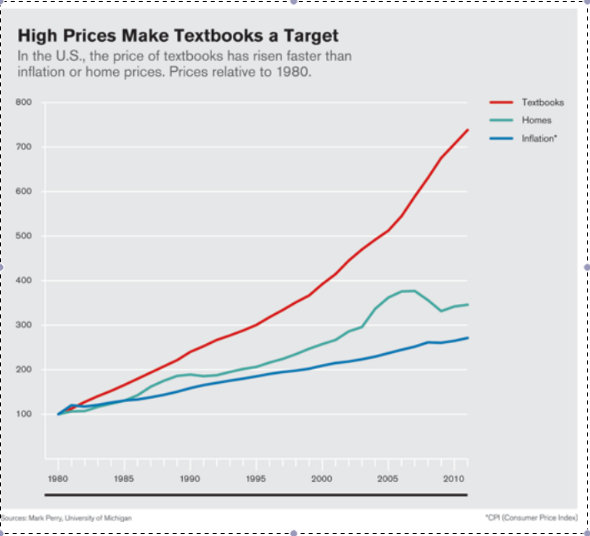| Picture Author: Jonathas Mello at www.jonathasmello.com |
Open educational resources (OERS) is course material that is not
copyrighted and freely available through the internet. Can this freely available material replace college textbooks?
Consider for example a first course in college algebra. The concepts of algebra were developed
thousands of years ago by the Babylonians, Egyptians and Greeks but the first
modern treatment is traced to Al-Khwarizmi's, an Arab mathematician of
the 9th century AD. In fact,
the word algebra comes the title of his book published in 820 AD. While other important developments in algebra
took place after Al-Khwarizmi, the material taught in college has not changed
in many decades, even hundreds of years.
Thus for courses like first year algebra,
material-most of it now available on the internet - can be assembled and made available
at low cost or no cost digitally to students.
OERS should improve the flexibility and usefulness of course materials while
driving down costs to students.
A number of efforts are now underway
nationally to pilot OERS in college and universities. For more information, the OER COMMONS is a
good place to start.





